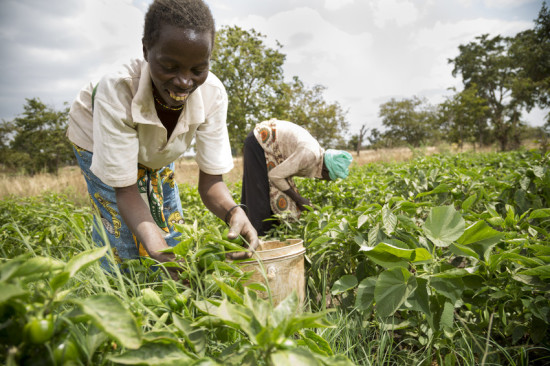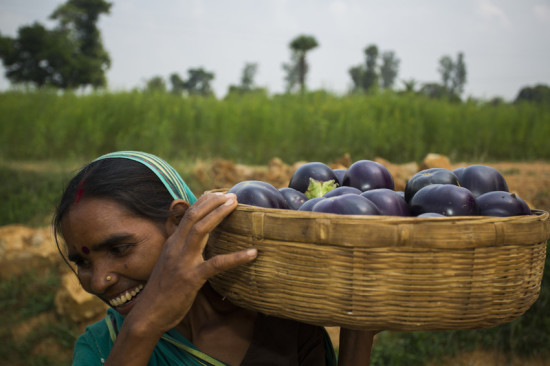“Food security” is a term that used all the time by people who work in the world of relief and development. But what does the term mean? Is it simply the opposite of hunger?
Officially, food security exists “when all people at all times have access to sufficient, safe, nutritious food to maintain a healthy and active life” [source].
Food security is actually broader and more holistic than simply having enough to eat. It involves four important aspects: availability, access, use and stability.
Availability of Food
The first aspect of food security is probably the most obvious to most people. Is there enough food?
It’s also often the simplest aspect to solve, at least where there are short-term needs. Over decades, we’ve gotten used to seeing images of parachuting food dropping from the planes or being unloaded from trucks during famines.

But helping communities have enough food over the long-term, in sustainable, lasting ways can be much more difficult.
Access and Affordability
Aside from having enough food, people need access to that food. It needs to be affordable to them. While there might be plenty of food to adequately feed everyone in a particular region, poverty, policies and other individual and systemic factors lower access to that food.

Helping people grow their own food is one important way to help them have easy access to healthy, sustaining food.
Use
How is food used (or utilized) by households, or individual bodies? Where does the food come from? Was it stored well enough along its delivery route? Is it prepared in a clean environment and properly cooked so that it’s safe to eat? Is it nutritious?

People’s own health also affects food use. If they have intestinal parasites, for example, they may not be able to absorb many of the nutritional benefits of the food they eat. That’s why access to healthcare can also play an important role in addressing food security.
Stability
Food doesn’t last forever. Will it last throughout winter, or throughout the dry season? When wars erupt, how does that affect how much food people can access?
Having a stable, year-round supply of adequate, nutritious food is extremely important.
How can you help improve food security?
Food security is one of Lutheran World Relief’s core programs.
We help increase the availability of safe and nutritious food by investing in agricultural production. In turn, farmers have more food for their own families as well as increased incomes to buy food on the market. We also work to develop nutrition-sensitive programs, so that increased agricultural production does not come at the expense of nutrition.
You can help by making a contribution to LWR, or purchase an LWR Gift for someone on your Christmas list this season.
Read in depth information about LWR’s approach to food security through agriculture.

